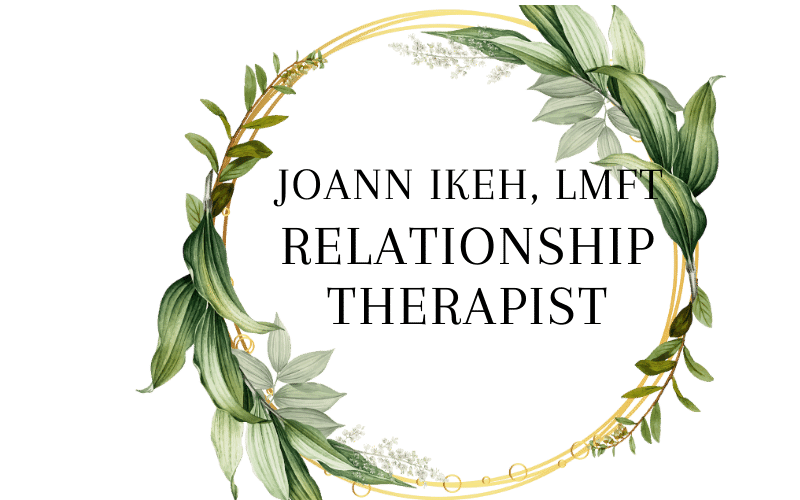Codependency vs. Interdependence: What’s the Difference?
Healthy relationships thrive on connection—but what happens when that connection becomes too entangled? Understanding the difference between codependency and interdependence is essential for building strong, emotionally fulfilling relationships without losing your sense of self.
Whether you're navigating a romantic partnership, friendship, or family dynamic, recognizing where you stand can help you make more intentional, empowered choices.
What Is Codependency?
Codependency is a behavioral pattern where one person consistently sacrifices their own needs to satisfy another person’s, often to the detriment of their emotional, mental, or even physical health.
People in codependent relationships may:
Feel responsible for their partner’s emotions or actions
Struggle with setting or respecting boundaries
Derive self-worth primarily from helping or being needed
Avoid conflict to maintain the relationship at all costs
Experience anxiety or guilt when prioritizing their own needs
At its core, codependency involves excessive emotional reliance, often rooted in low self-esteem or early attachment wounds. While the intent may be loving, the result is often burnout, resentment, and imbalance.
What Is Interdependence?
Interdependence, on the other hand, is the foundation of healthy relationships. It’s when two people support each other while maintaining their individual identities. There’s a balance of mutual respect, autonomy, and connection.
In interdependent relationships, both partners:
Communicate openly and honestly
Take responsibility for their own emotions and needs
Offer support without sacrificing themselves
Maintain strong personal boundaries
Value time together and time apart
Interdependence allows love to thrive without creating emotional enmeshment. It promotes secure attachment, emotional safety, and mutual growth.
Why the Difference Matters
Understanding the difference between codependency and interdependence can be life-changing—especially if you're breaking generational patterns or healing from past trauma.
When we confuse codependency with closeness, we may tolerate unhealthy behaviors or overextend ourselves emotionally. Interdependence teaches us that true intimacy doesn’t require self-sacrifice—it requires self-awareness.
How to Shift from Codependency to Interdependence
Change doesn’t happen overnight, but here are some ways to start:
Build self-awareness: Notice your emotional triggers and patterns in relationships
Practice boundary setting: Say “no” without guilt and honor your own limits
Develop self-worth: Engage in activities that reinforce your identity and values
Seek support: Therapy can be a powerful tool to explore relational dynamics and build healthier patterns
Final Thoughts
There’s nothing wrong with needing others—the key is not losing yourself in the process. Interdependence is not about isolation or hyper-independence; it’s about cultivating connection from a place of wholeness.
If you’ve recognized codependent tendencies in your relationships, you’re not alone—and healing is possible.
Ready to Build Healthier Relationships?
If you're struggling with codependency or want to develop interdependent relationship patterns, you don’t have to navigate this alone. As a licensed therapist specializing in relationship dynamics, I help individuals and couples create balanced, fulfilling connections.
📞 Book a free 15-minute consultation today
🌐 Visit onlinecouplecounseling.com
📩 Or email me at joannikeh@joannikeh.com
Let’s work together to break unhealthy patterns and build lasting emotional wellness.



